The parotid is the biggest gland that produces saliva. It is placed in the lateral part of the face, slightly on the front and below the ear. In case that a tumor or a cyst appears in this area, then we remove it as well as the part of the parotid around this area that may has been affected . The most usual symptom is an augmentation in the gland area, which grows larger as months go by, probably without any pain or sensitivity on this area. Before the operation we can do: ultrasound examination, CT scan, MRI scan and FNA (Fine needle aspiration biopsy). Although the problem (cyst or tumor) may be small, the incision made during the operation is quite long and has nothing to do with the severity of the problem. This way we can be sure that: 1. The damaged tissue will be totally removed 2. There will be no relapse in the future. 3. There will be no harm on the facial nerve which is responsible for the movements and the frowns of the face. The operation is being performed with the help of special magnifying lenses or microscopes, while the past few years -especially in incidents of malignant tumors- we use navigating and neurodetecting systems for the detection of the facial nerve and its branches for safety.
The operation
Removal of the tumor with the part of the parotid that surrounds it and sending for histological examination. If lymph nodes have also been affected there may be lymph nodes dissection as well (several different types)
Stages
- Incision starting from the front ear area going down and front to the neck
- Detection of the facial nerve (responsible for the movements and the frowns of the face) and its branches
- Removal of the tumor with the part of the parotid gland that surrounds it , in safe lines, without touching the tumor itself. We never do a tumor enucleation in order to avoid relapses or injuries on the facial nerve
- If lymph nodes have also been affected there may be lymph nodes dissection as well (several different types). This can be done after having quick biopsy results or without them
- Sending the whole extracted material for histological examination
- Suturation of the incision and placement of a little small tissue drain
During the operation navigating (neurodetecting) system can be used to detect the facial nerve
Anesthesia
General
Duration of surgery
2-3 hours
Stay in the clinic
2 days
Result
Permanent
Combination with other operations
It cannot be combined with other operations apart from lymph nodes dissection, since this is required at this stage of the disease or has been decided by the operation findings
Instructions after surgery
- Mobilization of the patient the afternoon after surgery.
- Removal of the small tissue drain in 1-2 days
- Removal of the sutures in a week.
- Painkillers are provided in small doses and only if there is a request from the patient. In general terms, this is not a painful operation, but you may feel some kind of “twitching” on the operated area
- Antibiotics are being given as a preventive measure for 7-10 days




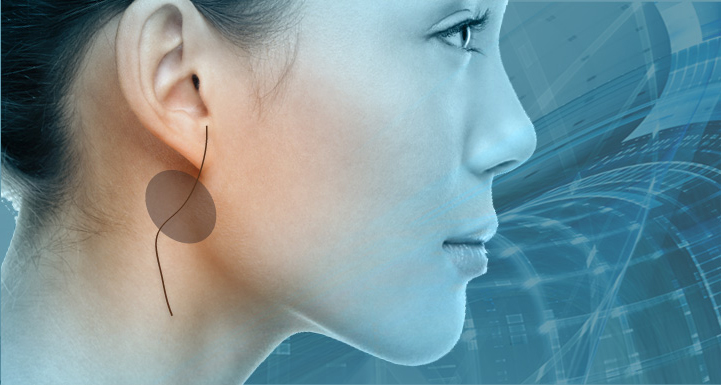
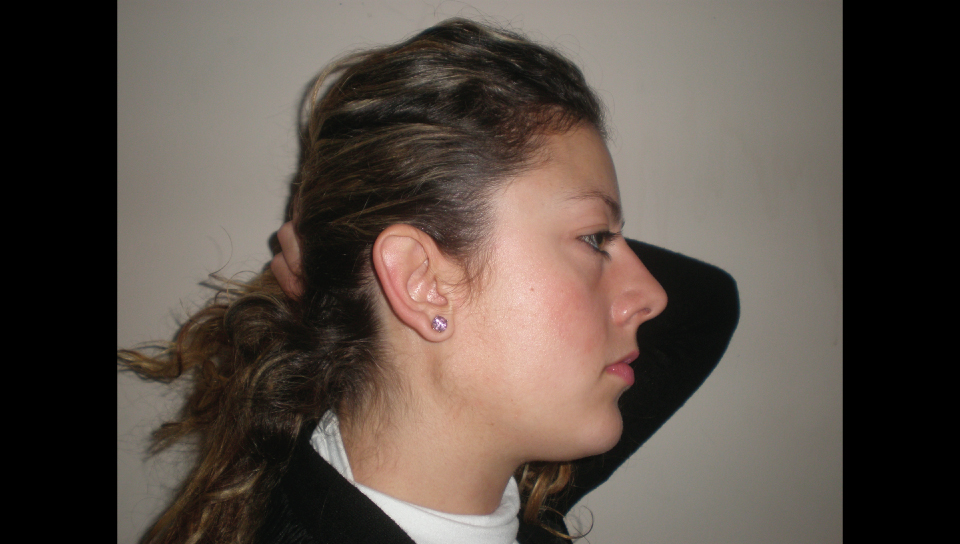
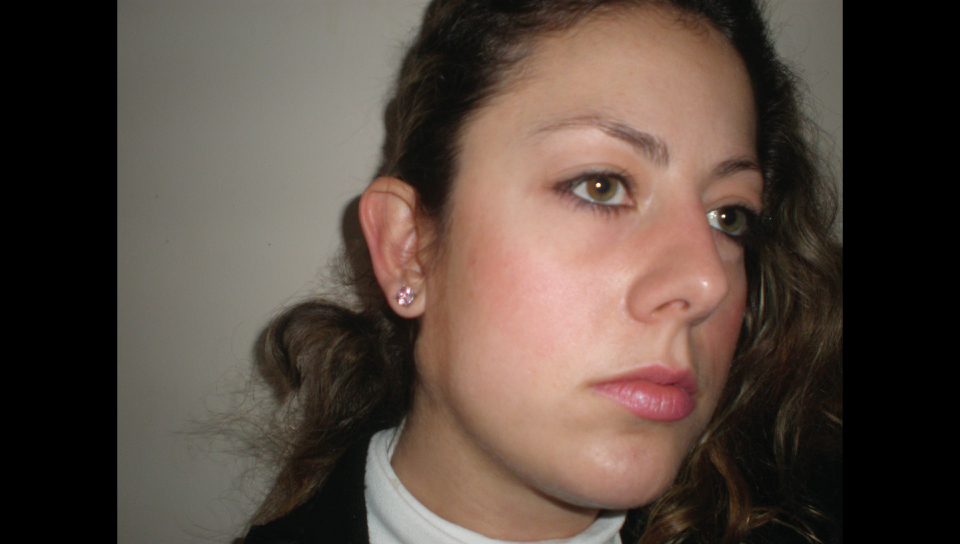
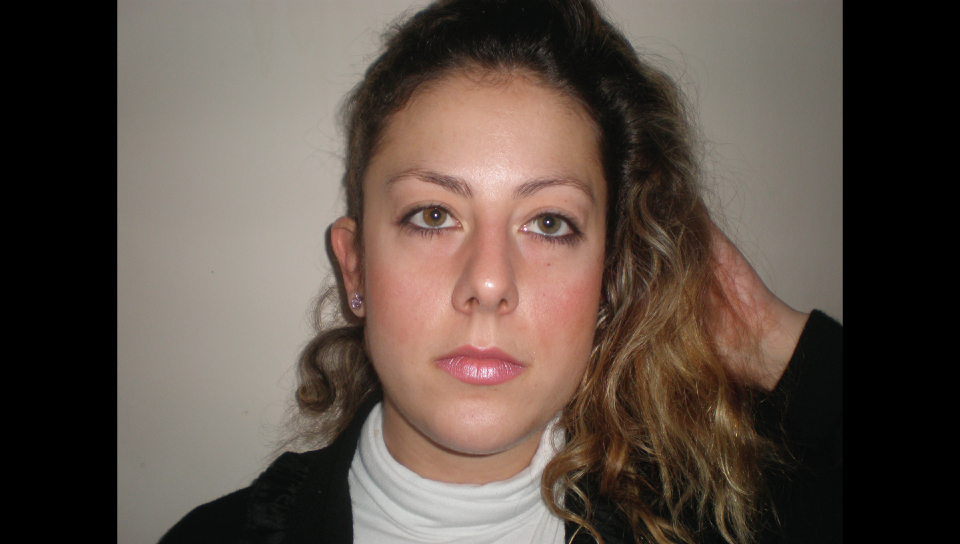
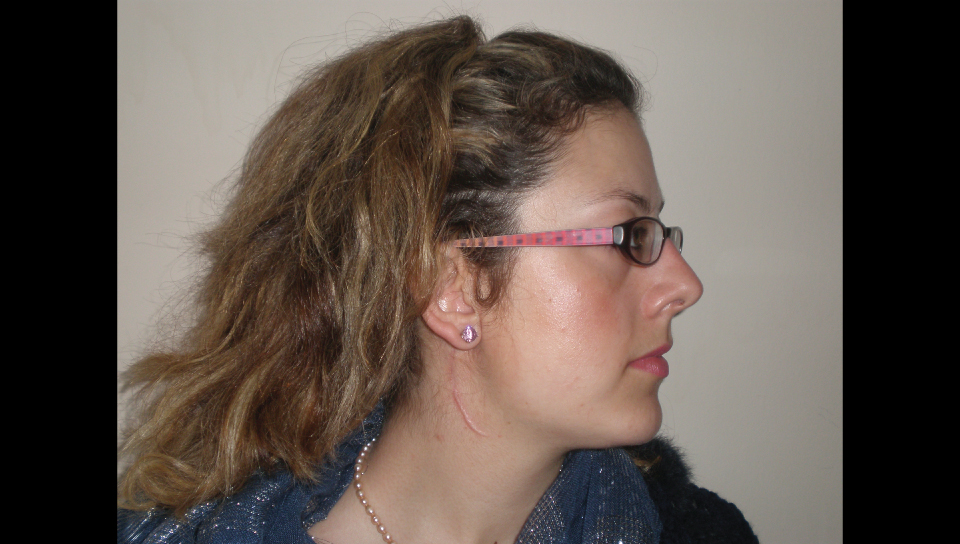
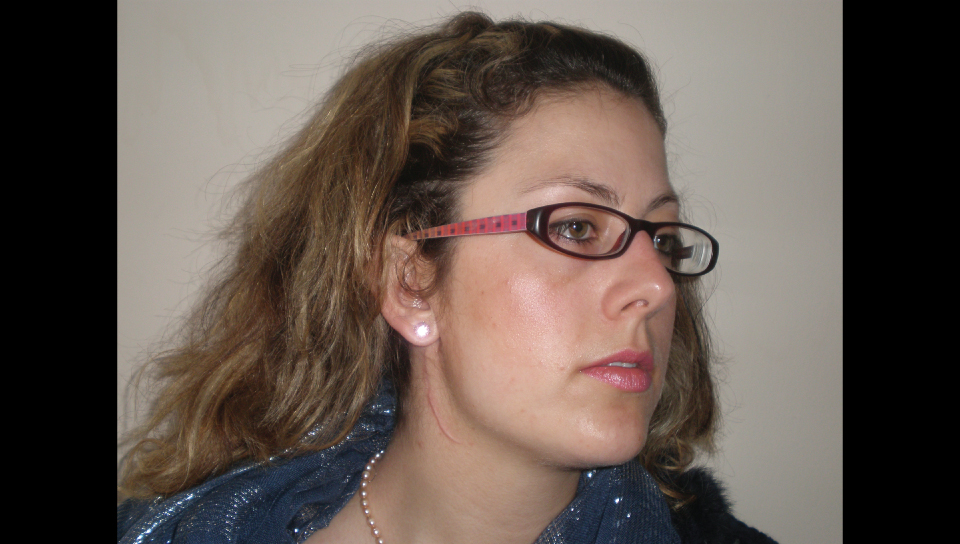
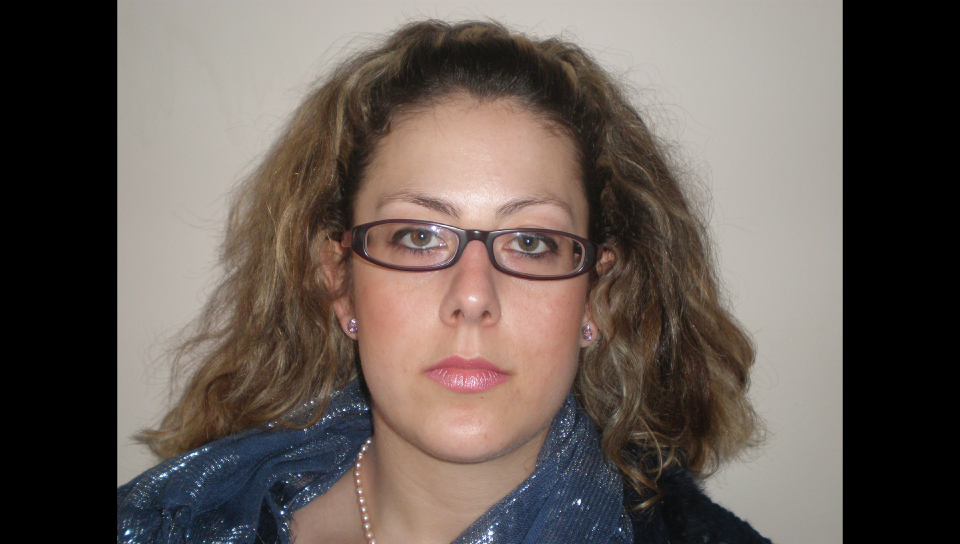
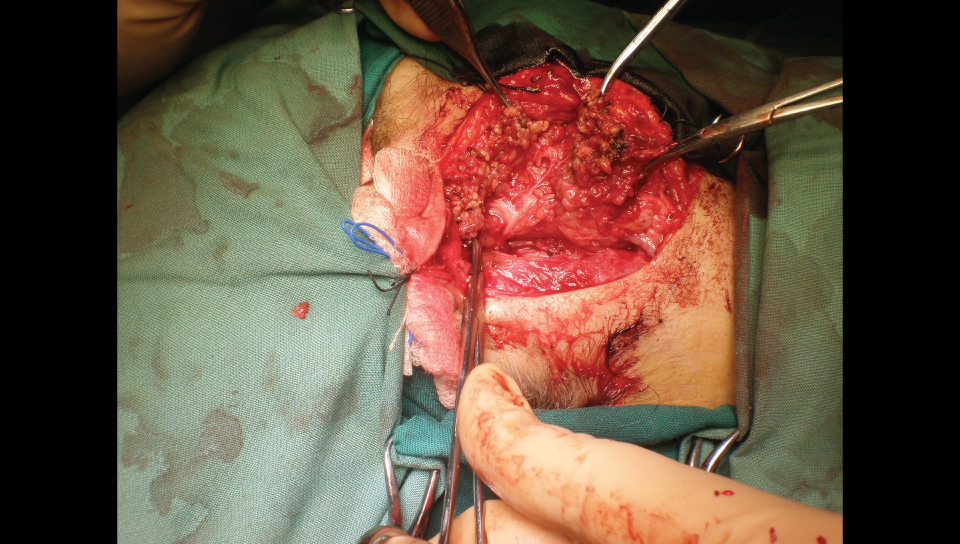
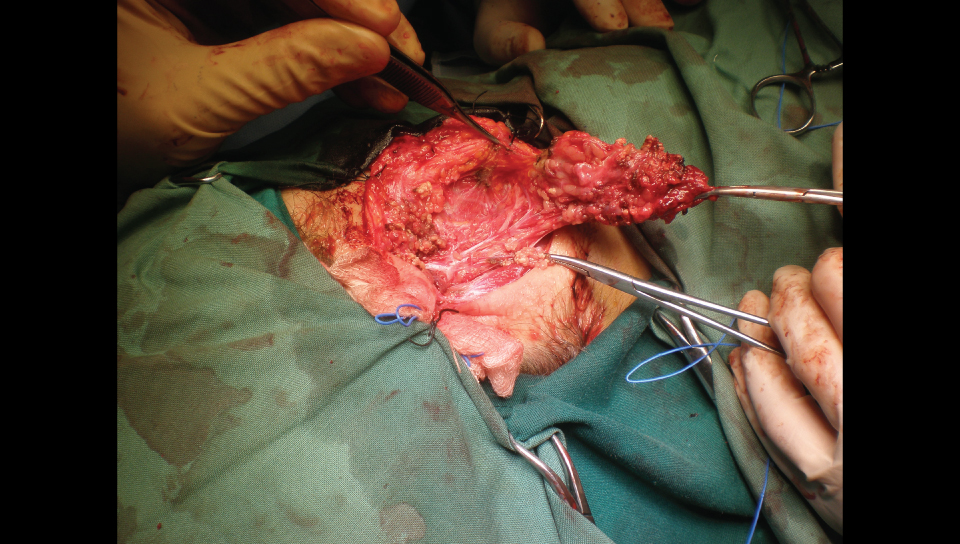
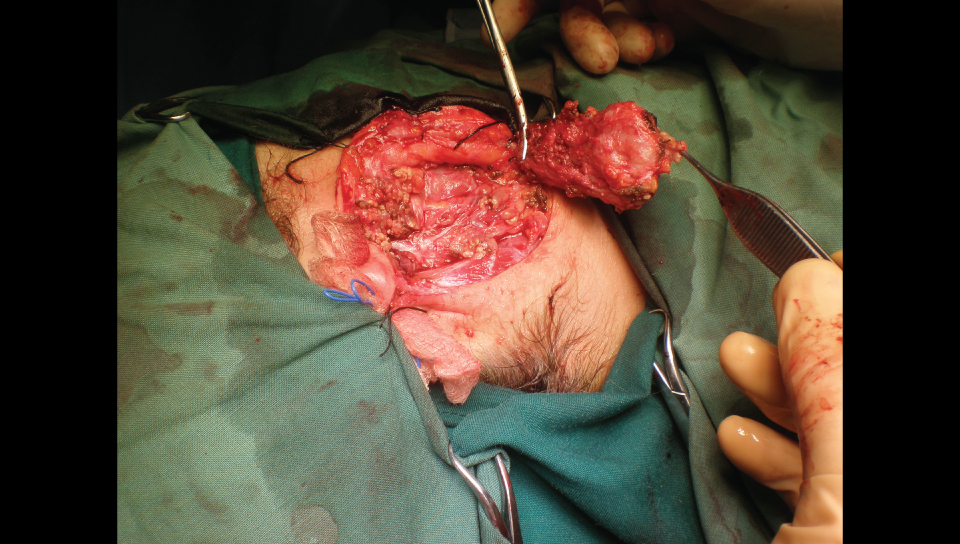
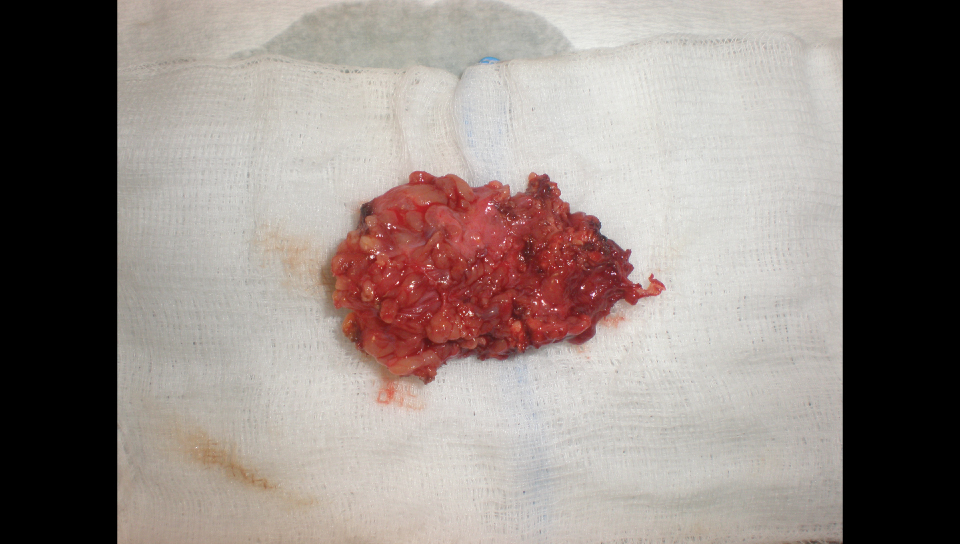
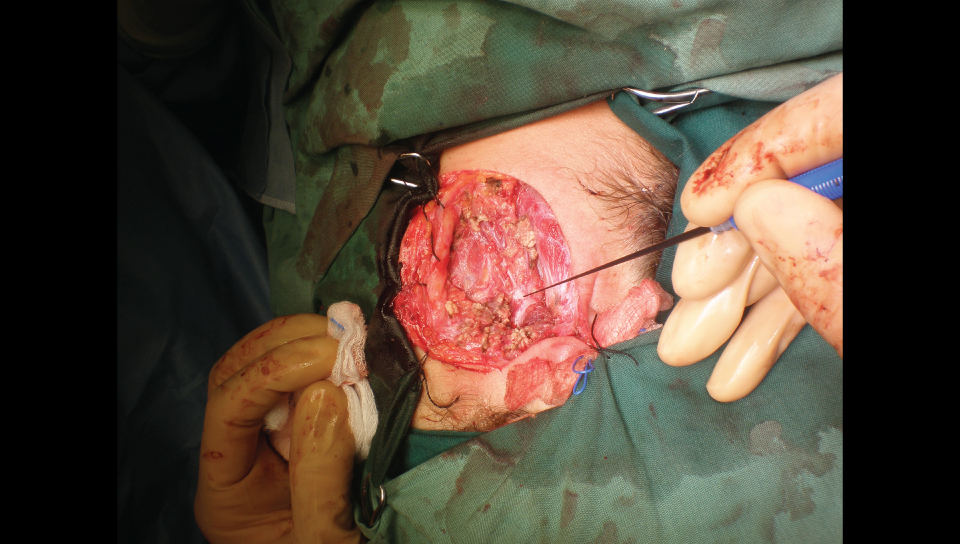

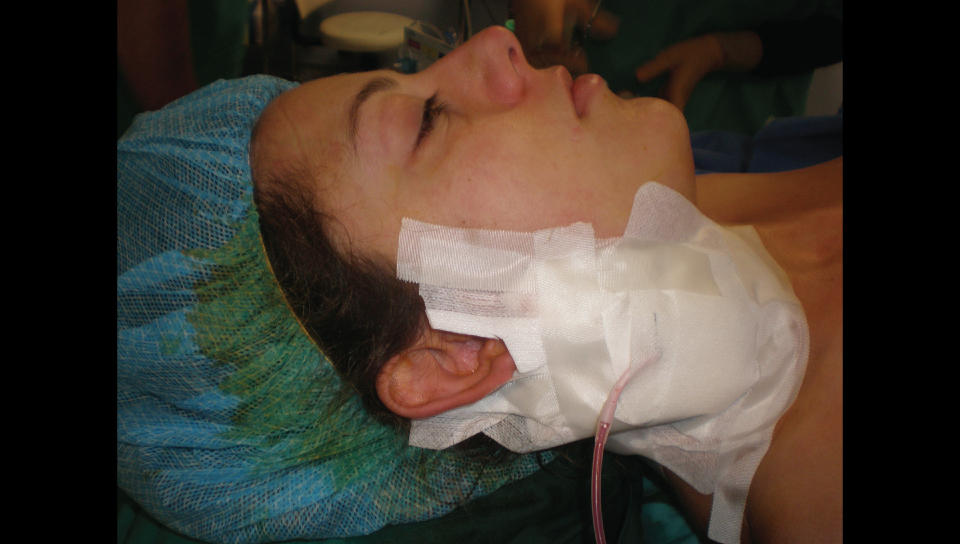
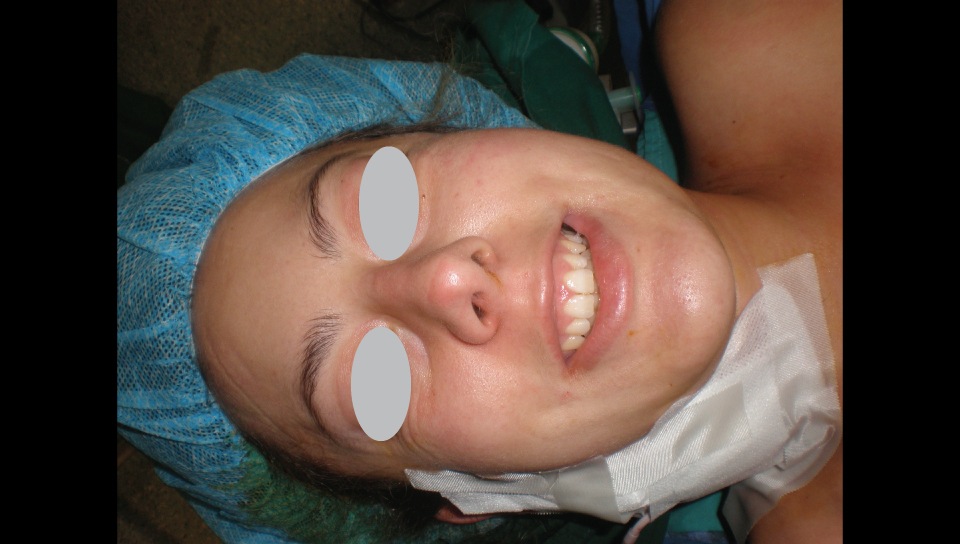
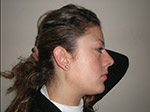
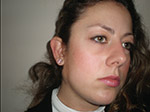
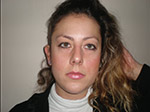
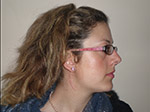


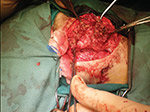
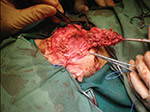
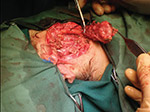

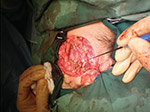
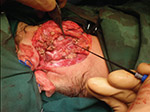
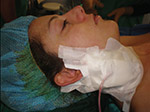
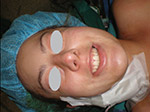


 Press here to download a free QR Reader
Press here to download a free QR Reader



